Determining your body type can help you understand your physical traits and tailor your diet and exercise regimen to meet your health and fitness goals.
The three main body types are ectomorph, mesomorph, and endomorph. Each body type responds differently to exercise and nutrition.
Body measurements can help you determine your body type. Even though, genetics, lifestyle, and measurements all affect body type. You can better understand your body shape and proportions by measuring certain areas.
Let’s take a look at how you can use measurements to find your body type!
Using Measurements To Find Your Body Type
Finding the perfect outfit that both compliments your body type and fits just right can be an extremely disheartening exercise. Why doesn’t this suit? Why does this look so different on me than it does on someone else?
Adding to the equation ageing, fluctuating body shapes and marketing targeted at a younger generation and you’ve got yourself a recipe for confusion and frustration.
How do I figure out what is going to suit me?
What clothes and outfits will suit you best ultimately comes down to your body type. If you don’t know your body type, then this will be perfect for you.
There is a very simple method for deduction I discovered when I was beginning as a stylist and I am so excited to share it with you. It has literally saved my life!
The Perfect Body Type
This method of deduction does require a tape measure and a little patience, but it is the most accurate way of finding out your body type.
The perfect body type will be split up into 8 equal sections, beginning at the top of the head and going down to the ankle. I should preface this entire thing by saying there is no perfect body type. For most (if not all) of us, our 8 measurements won’t be divided equidistant from each other, and that is totally fine!
There are a couple of steps you will need to follow in order to determine your proportions, but once you have it (and short of any magic growing pills) you will be able to apply them for life.
First up, we will be measuring out our 8 different sections.
Where To Measure
Our first measurement is from the top of the head to the base of the chin.
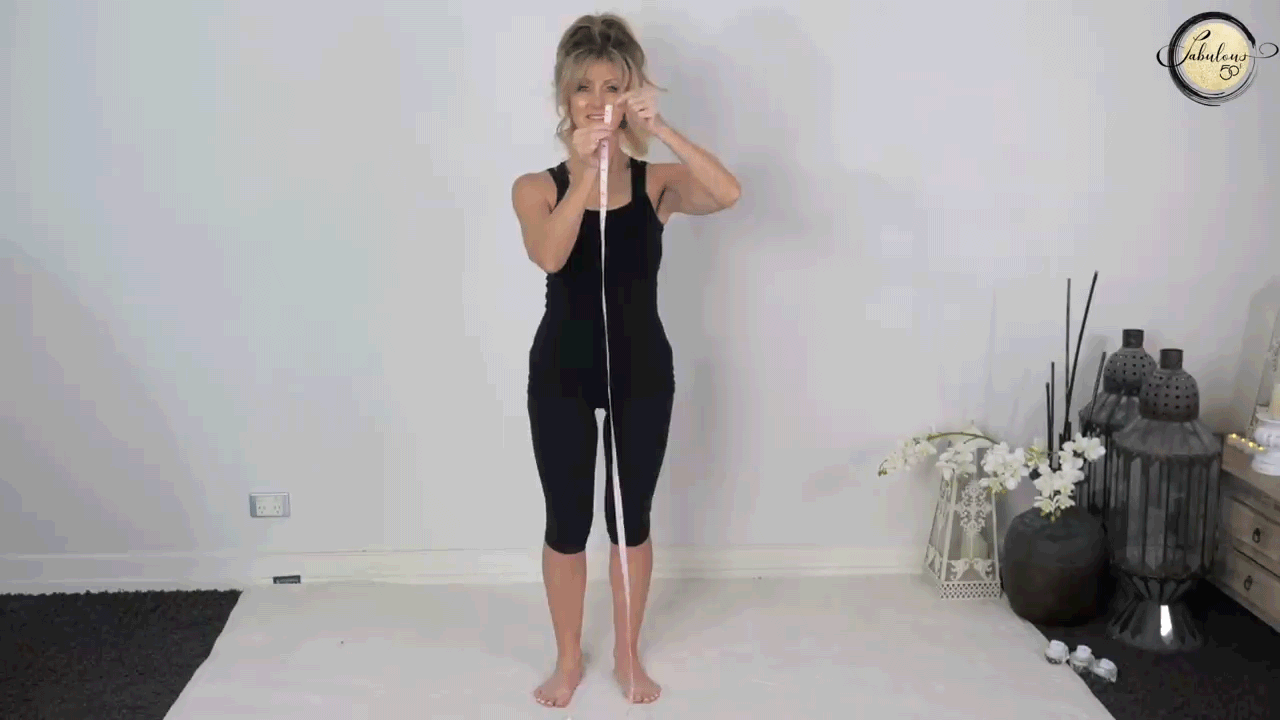
The second is from the base of the chin to just below the armpit.
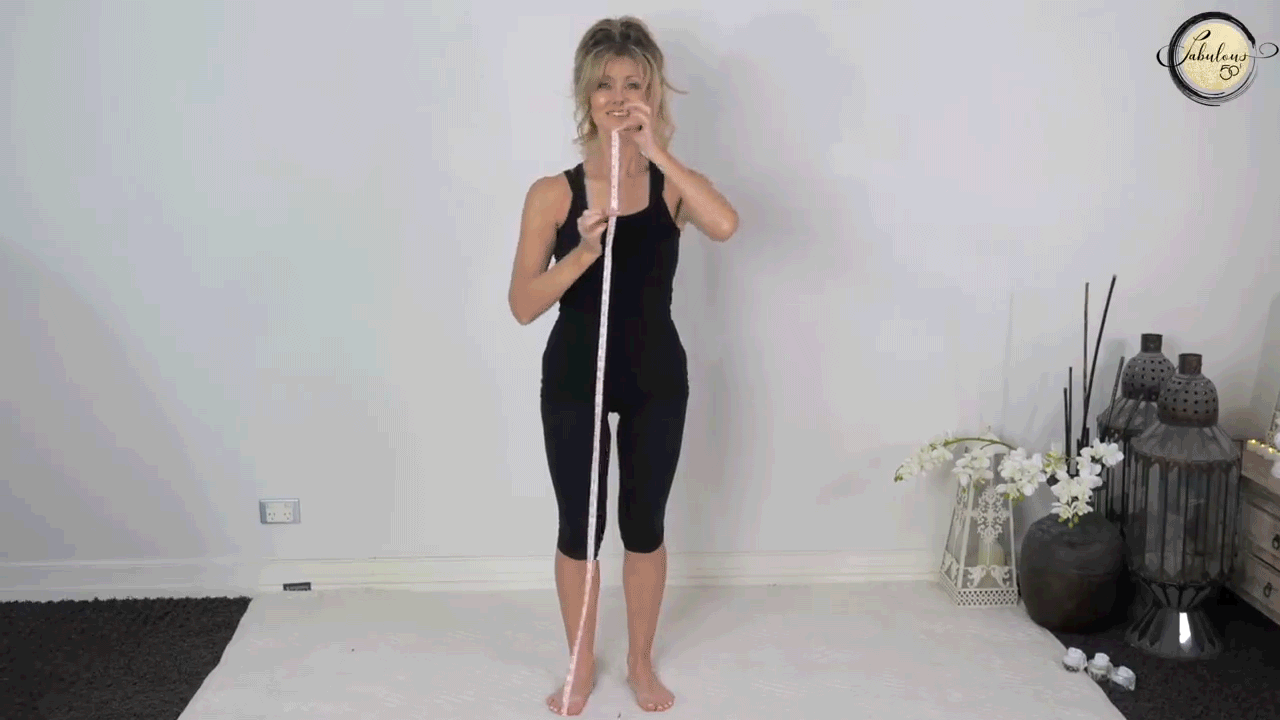
The third measurement is from just below the armpit to your natural waist. If you are not sure where your natural waist is, tilt slightly to the left and gently poke where there is a bend.

The fourth measurement is from your natural waist to the crease in your leg. The crease in your leg is the part of your leg that creases as you sit down.
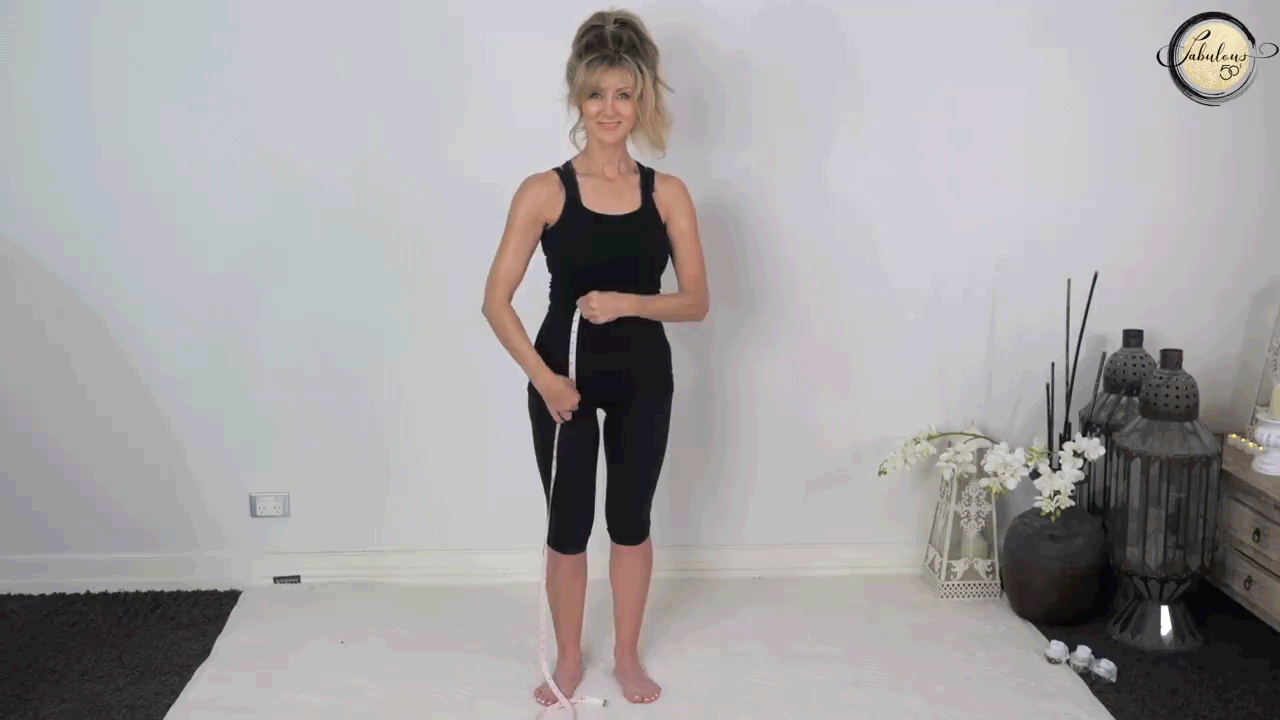
The fifth measurement is from the crease to the mid-thigh.

The sixth measurement is from the mid-thigh to the mid knee.

The seventh measurement is mid-thigh to the mid shin.
And the eighth and final measurement is from the mid shin to your ankle
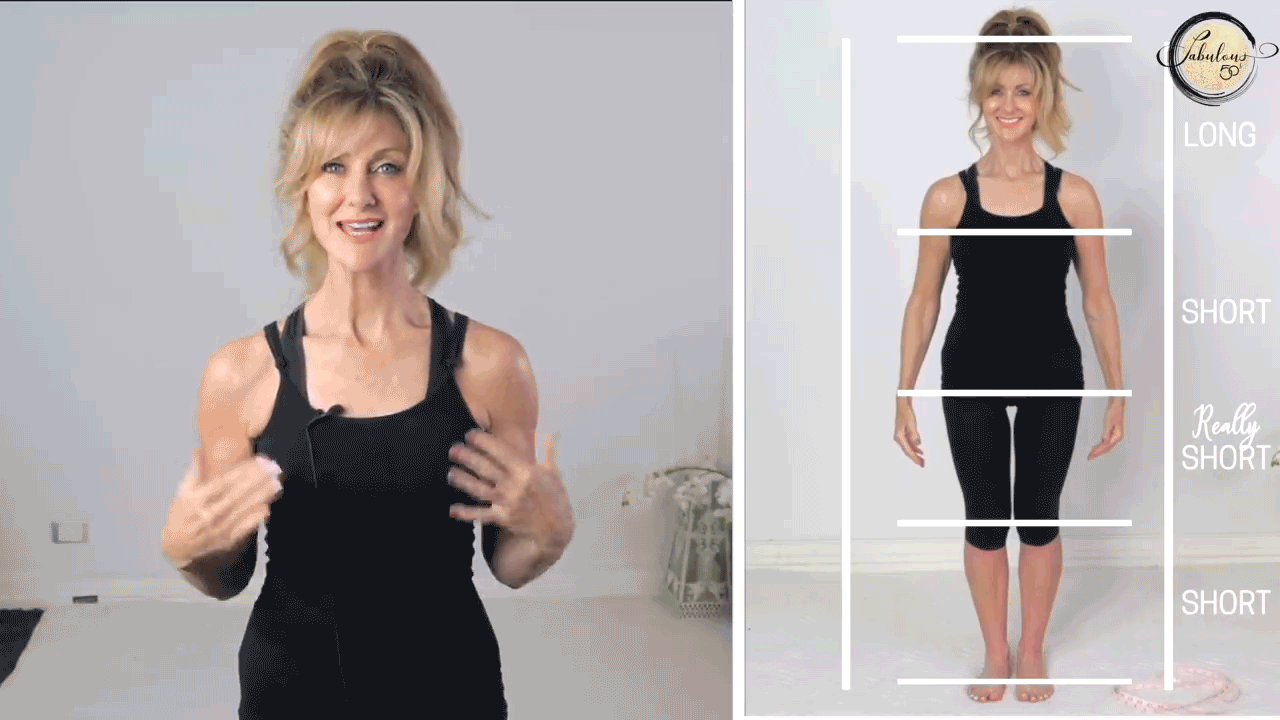
These measurements do not need to be precise. We are using these as a general guide only. What you are measuring for specifically is the variations in length between sections.
For me, these measurements helped me figure out that my mid-section is proportionately shorter, while my top is slightly longer. This information is going to help you massively when you are picking out an outfit.
I know because my mid-section is shorter, I need to counterbalance this. I will look for an outfit that fills in the gap between where my waist would be if it were the perfect measurement and where my waist actually is. This will apply to each of you differently, but the principle will always be the same: Lengthen what is short, minimise what is long.
Body Type Proportions
Next up, we will be measuring our bodies top and bottom proportions
First measure from the top of the head to your mid-section. Then measure from your mid-section to the floor. This measurement is used to confirm your first measurements. Again, ideally you would be split perfectly down the middle, however that is generally not the case.
For me, my torso is shorter in comparison to my legs. When I’m dressing, I know that I need to counterbalance this discrepancy in measurements by minimising the longer section.
For the third measurement, it’s time to ditch the tape measure. With your dominant palm facing you and your thumb sticking up, place four fingers gently on your neck just underneath your chin. If there is room below, use your other hand to fill in the remaining space.
How many fingers does it take to cover your neck? The average neck is a four-finger length from top to base. If you are above four, your neck is long, below, short. This length will dictate what necklines will suit you best and will make a massive difference for you when selecting tops.
For me, I have quite a long neck so high cut tops suit me best. Lower cuts will only lengthen my already long neck. Again, we minimise what is long and lengthen what is short.
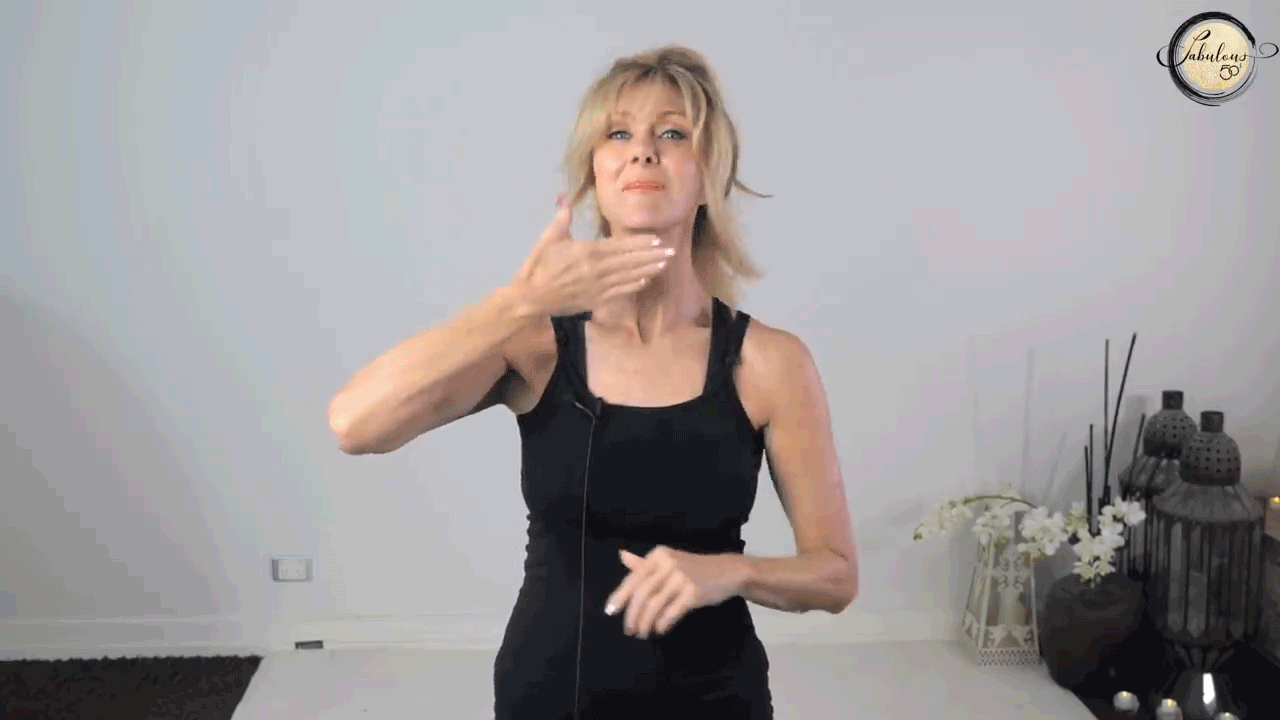
Closing thoughts..
These measurement tools take some practice and trial and error, but I know that they will help you find out what looks good on you but more importantly why.
Knowing the why will allow you to get it right every time. I can’t wait to hear how you go!





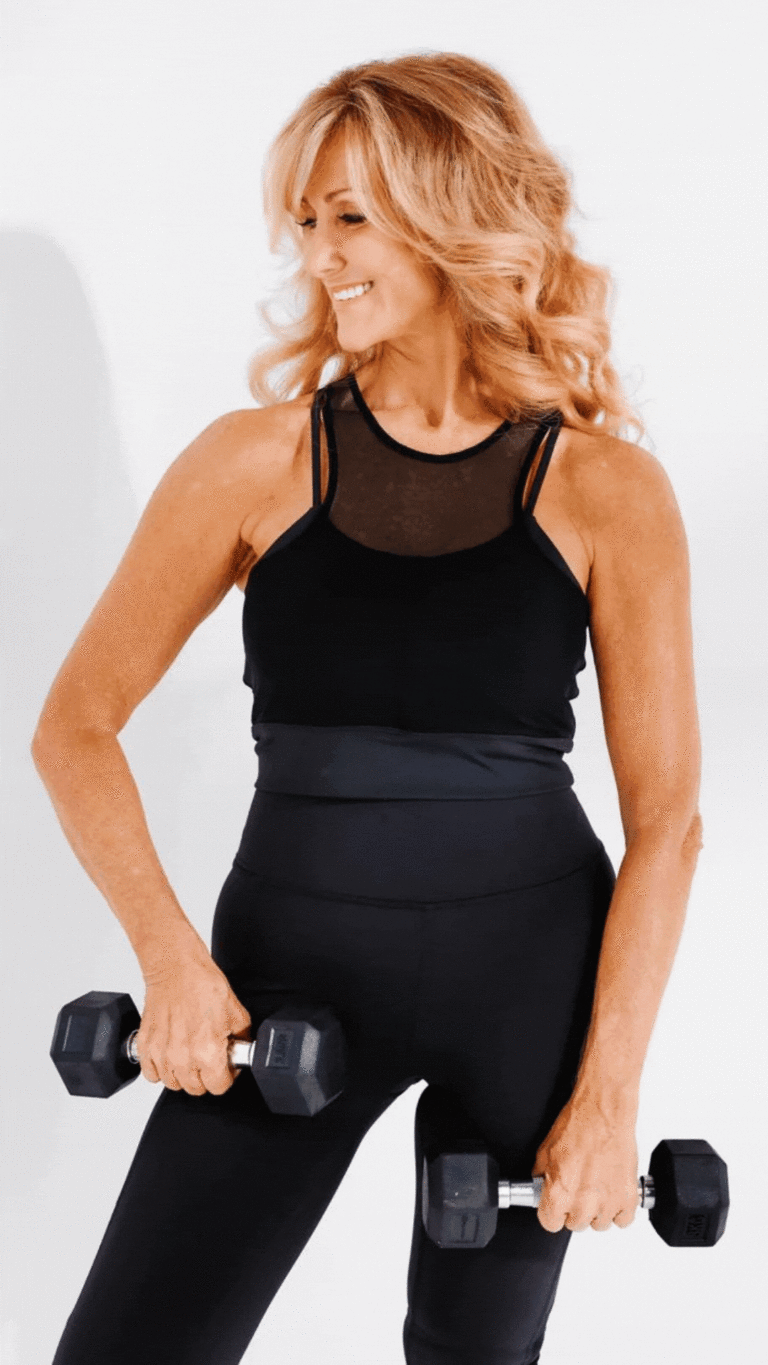




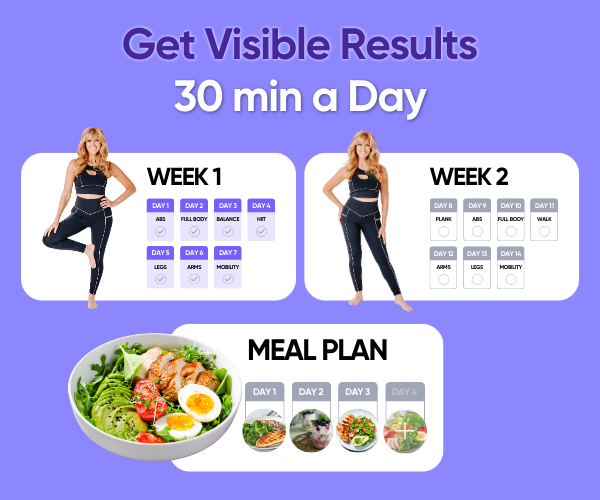
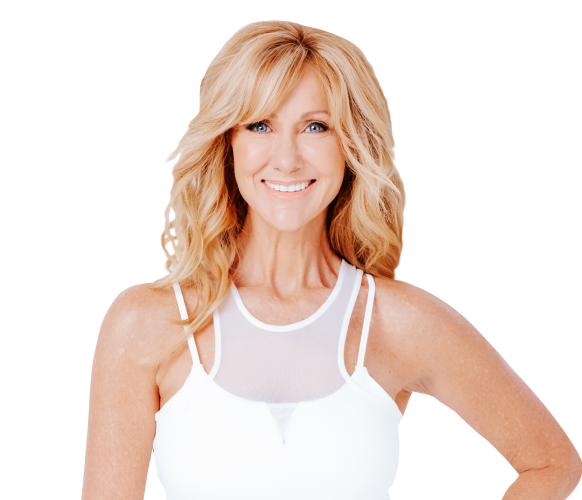
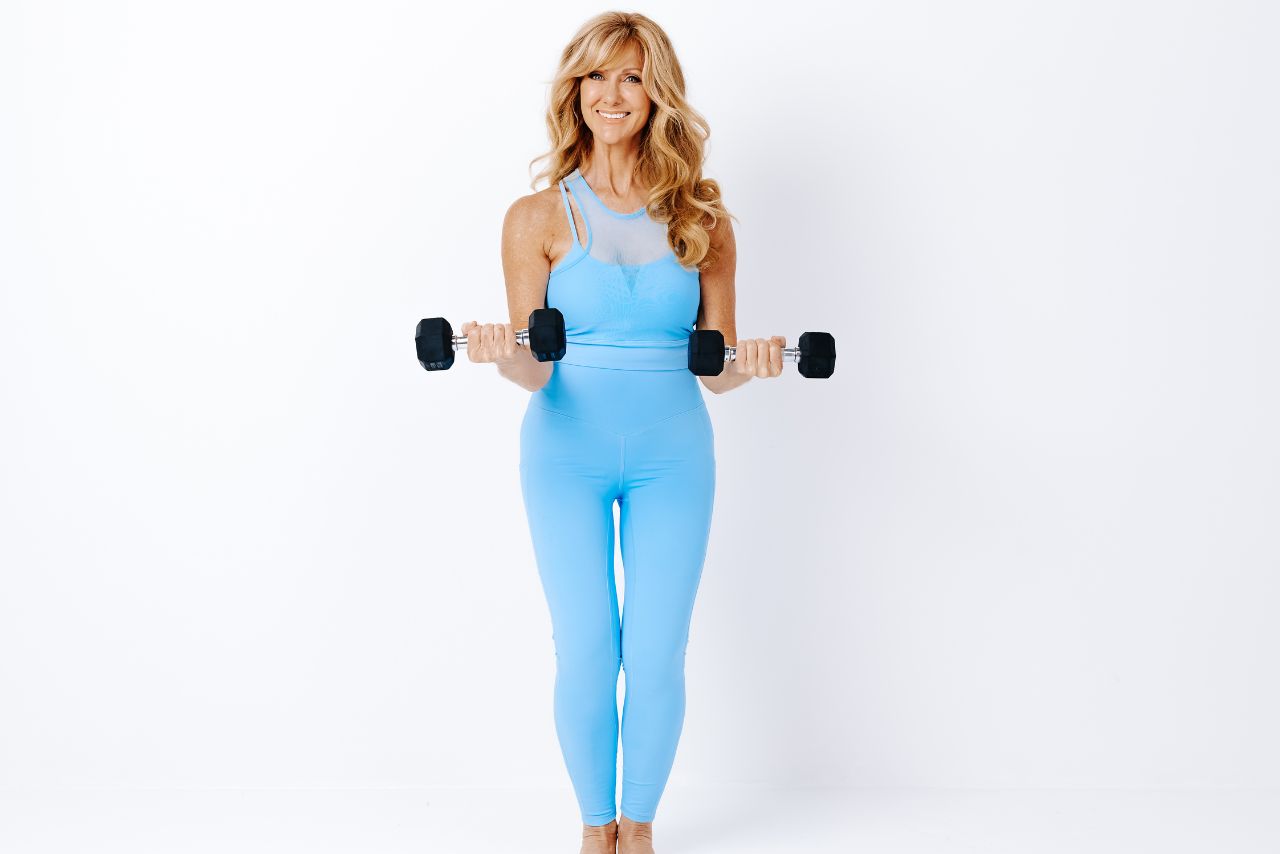
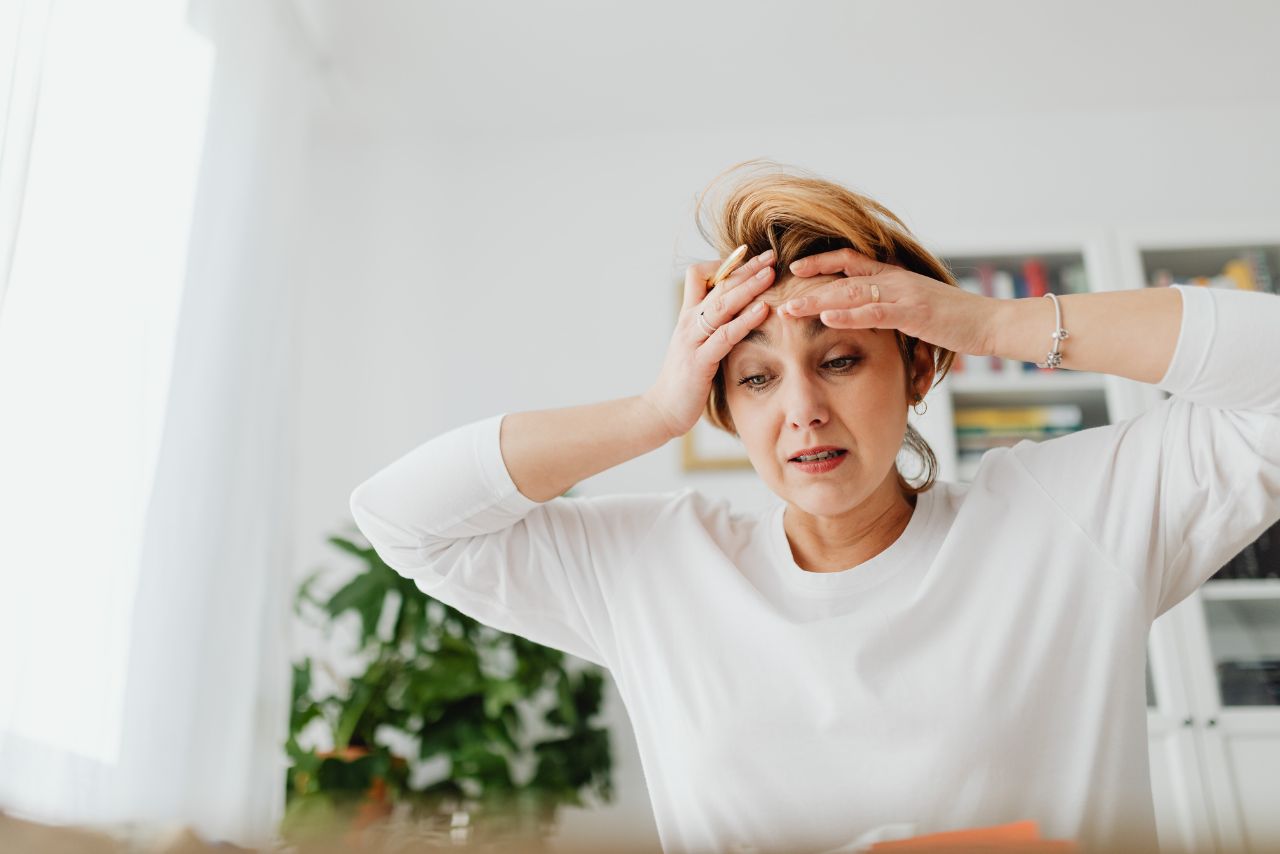


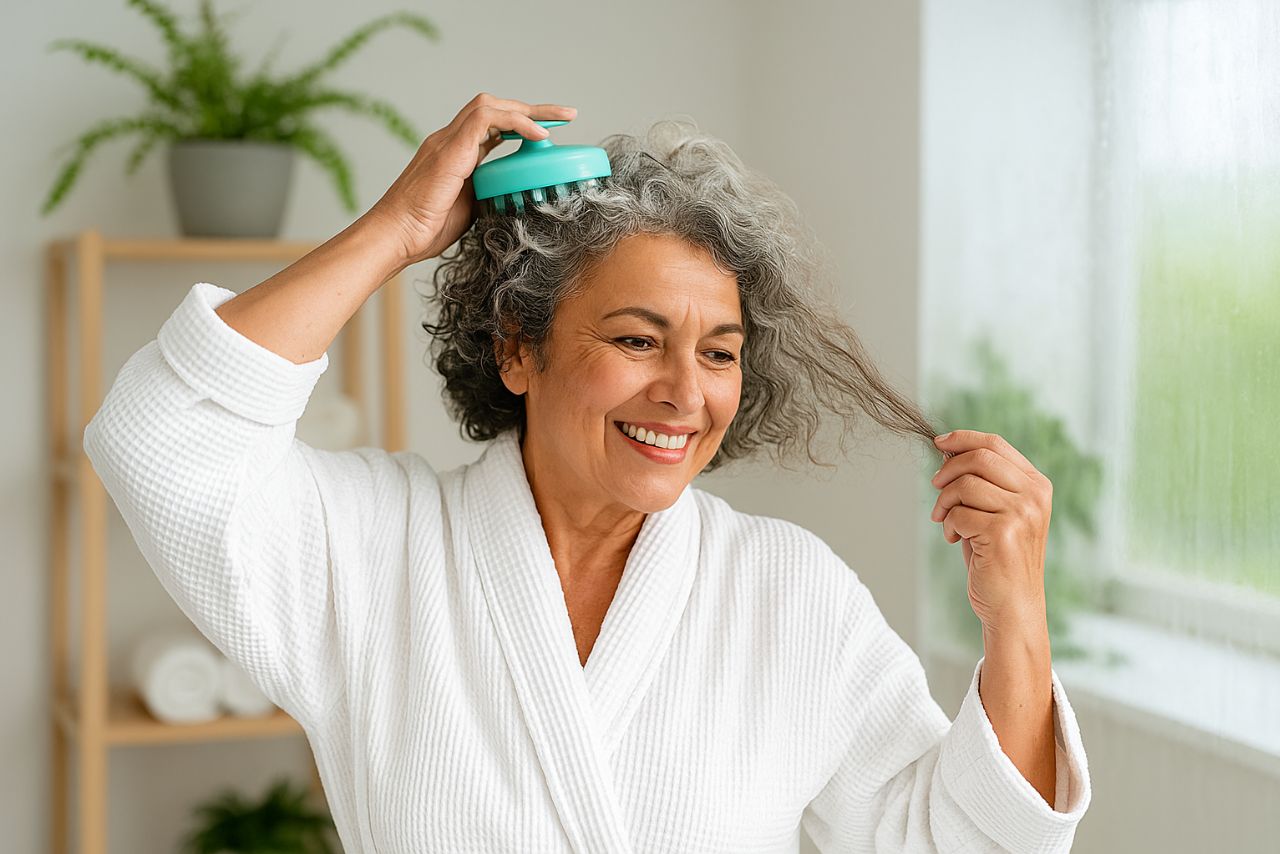

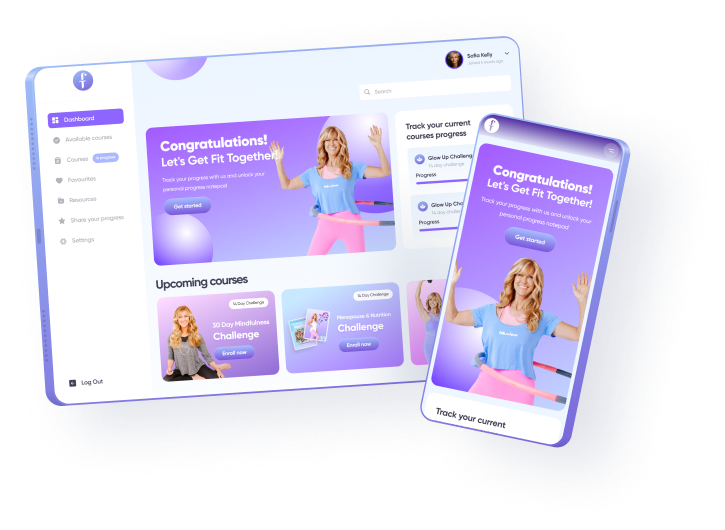
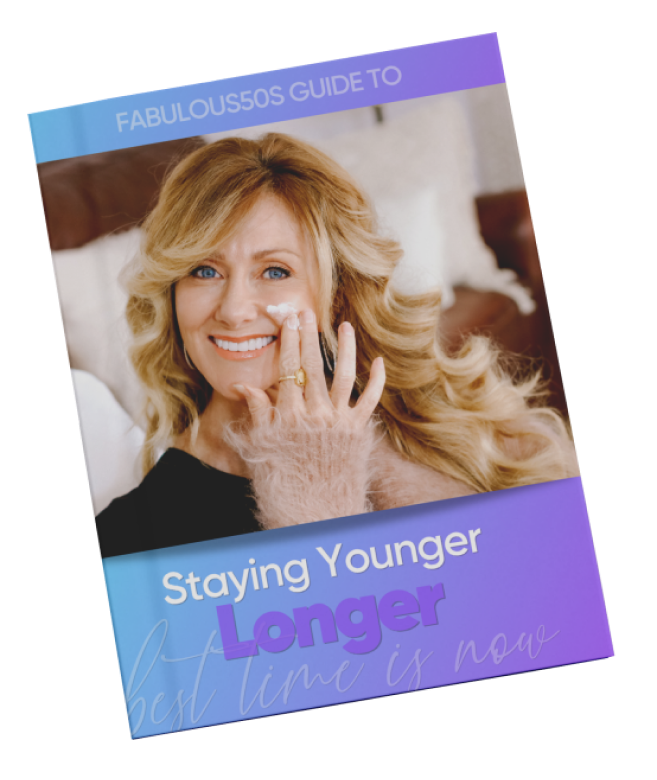
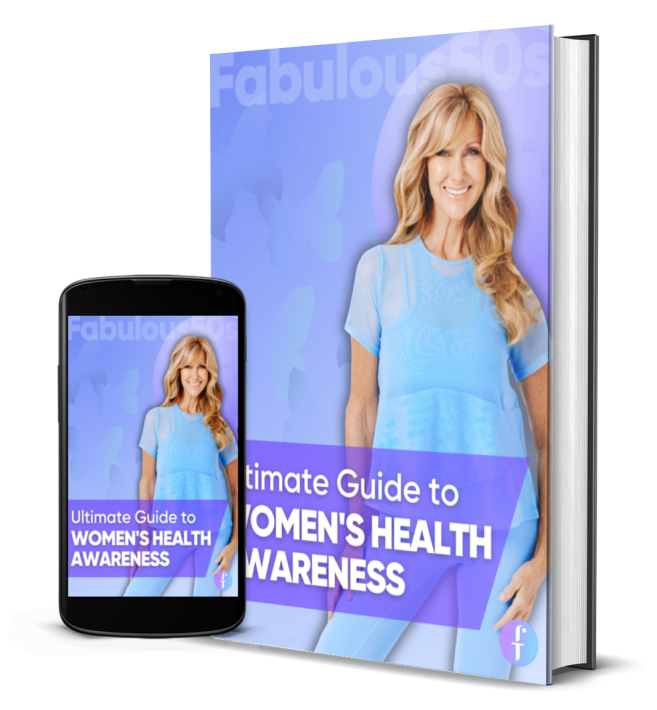
3 Responses
Thanks Schellea!!! Now that I have the measurements. How do I figure out what to wear?
Is “mid section” same as waist for second set of measurements?
I love the style of clothes (tops) you use on models. How can we purchase them?